Areas Attractions > Temples
Angkor Wat Temple
-
Angkor Wat is a Hindu temple complex built to replicate the heavens on earth. Constructed for King Suryavarman II in the early twelfth century, it is the best-preserved temple and is the only one to have remained a significant religious centre since its foundation. The temple is the epitome of the high classical style of Khmer architecture.
Bayon Temple
-
Bayon is a richly decorated Khmer temple built in the late twelfth century or early thirteenth century. Built at the centre of King Jayavarman's capital, Angkor Thom was the last state temple to be built at Angkor, and the only Angkorian state temple to be built primarily as a Mahayana Buddhist shrine dedicated to the Buddha. Following Jayavarman's death, it was modified and augmented by later Hindu and Theravada Buddhist kings in accordance to their religious preferences.
Banteay Srei Temple
-
Consecrated in 967 A.D, Banteay Srei was speculated to have been known earlier as Banteay Serai, which literally means the Citadel of Victory. This was the only major temple at Angkor not built by a monarch; its construction is credited to a courtier named Yajnavaraha, who was a scholar and philanthropist and a counselor to king Rajendravarman. He was known to have helped those who suffered from illness, injustice or poverty.
Phnom Bakheng
-
Phnom Bakheng was constructed more than two centuries before the Angkor Wat. It is a Hindu temple originally built in the form of a temple mountain dedicated to Shiva. Historians believe that Phnom Bakheng was in its heyday, the principal temple of the Angkor region. It was the architectural centerpiece of a new capital that Yasovarman built when he moved the court from the capital Hariharalaya in the Roluos area located to the southeast.
Preah Khan Temple
-
Preah Khan was built on the site of Jayavarman VII's victory over the invading Chams in 1191.In its heyday, this was the centre of a substantial organization with almost 100,000 officials and servants. This temple is flat in design, with a basic plan of successive rectangular galleries around a Buddhist sanctuary complicated by Hindu satellite temples and numerous later additions. With numerous trees and other vegetation growing among the ruins, Preah Khan has been left largely unrestored.
Ta Prohm Temple
-
Ta Prohm, a Bayon style temple, is believed to be built in the late twelfth and early thirteenth centuries. It was founded by King Jayavarman VII as a Mahayana Buddhist monastery and university. Unlike most Angkorian temples, Ta Prohm has been left in much the same condition in which it was found where the photogenic and atmospheric combination of trees growing out of the ruins and the jungle surroundings have made it one of Angkor's most popular temples with visitors.
Banteay Kdei Temple
-
Built in the late twelfth to early thirteenth century during the reign of Jayavarman VII, Banteay Kdei is known only as a Buddhist temple constructed in the Bayon style. It has been occupied by monks at various intervals over the centuries, but the inscription stone has never been discovered so it is mystery; unknown to whom the temple is dedicated.
Kulen Mountain National Park
-
The Kulen Mountain or Phnom Kulen is declared as a National Park. It is an isolated mountain massif located in Svay Leu District and some 48km from Siem Reap. Its highest point is 487 meters. This is widely regarded as the birthplace of the ancient Khmer Empire. During the constructional period of the ancient temples in the nineth century, sand stones were brought from this sacred mountain to Angkor. It was here at Phnom Kulen that King Jayavarman II proclaimed independence from Java in 802 A.D.
River of One-Thousand Lingas
-
It is located at the foot of the mountain. Along the river of Siem Reap, there are a lot of figures of Yoni and Linga spreading out at its bottom.
Kbal Spean
-
This holy place must have been favored during the great Angkorean epoch when its waters, after having washed gods and lingas, continued on to the wondrous royal city with its growing monumental temples.
Barays
-
“Baray” is a water reservoir – an area of land where dikes have been raised to catch and hold water. Beginning in the 9th century, the construction of massive baray and other such grand projects became one of the marks of Angkorian kingship.




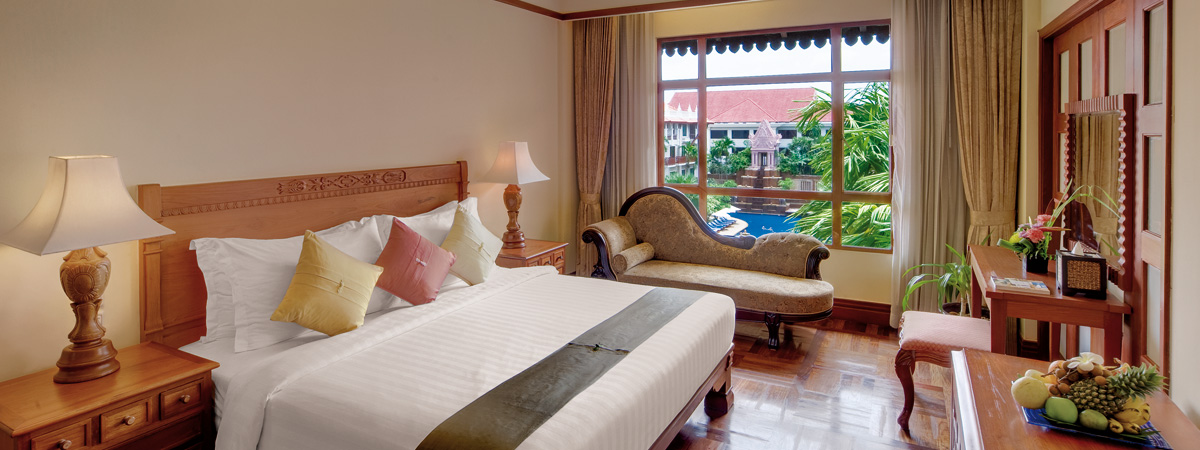
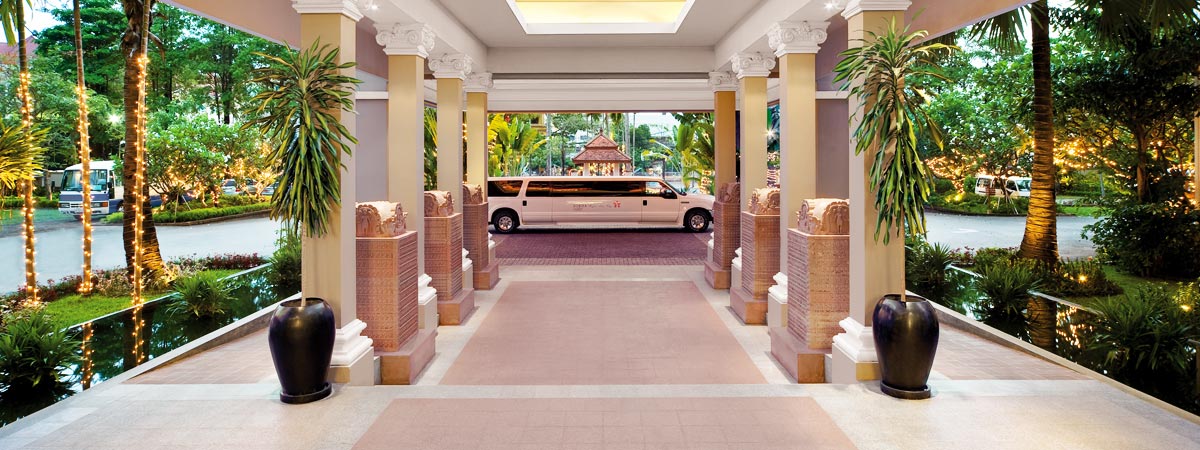
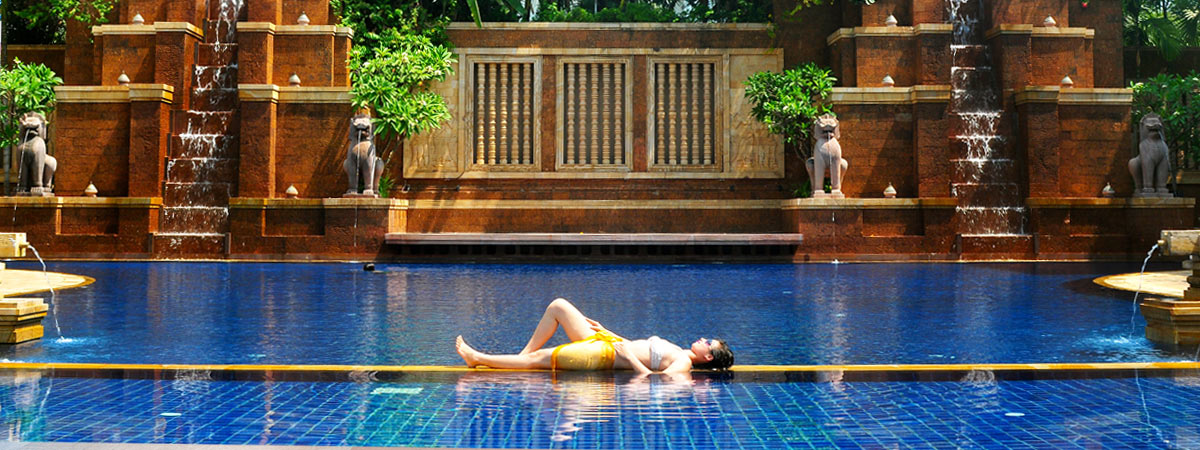

_11-Explore-dAngkor.jpg)
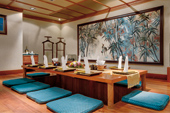
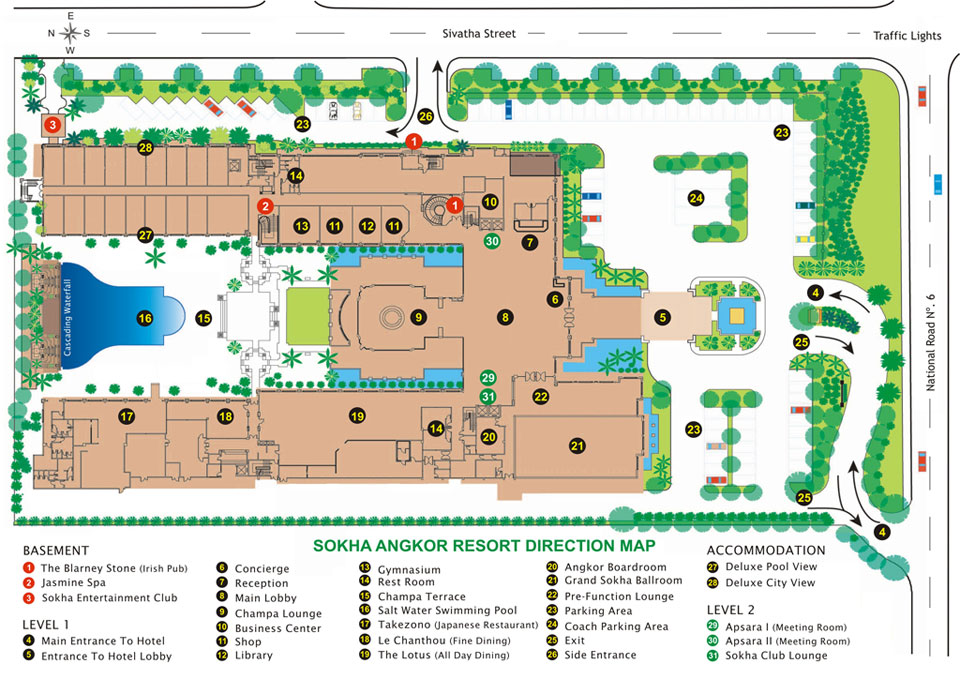

Sokha Angkor Resort - Siem Reap